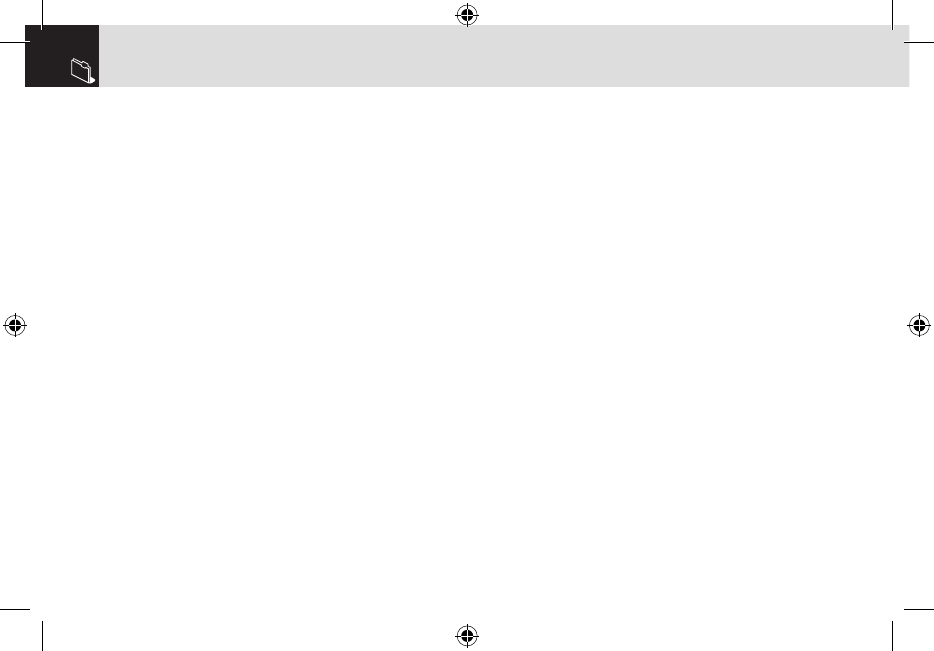
FCC & Industry Canada Regulatory Compliance
96
of 15mm (0.6 inches) to the body. Use of other accessories
may violate FCC RF exposure guidelines and should be
avoided.
This device and its antenna must not be co-located
or operating in conjunction with any other antenna or
transmitter.
Health and Safety Information FCC
This EUT has been shown to be capable of compliance for
localized specific absorption rate (SAR) for uncontrolled
environment/general population exposure limits specified
in ANSI/IEEE Std. C95.1-1992 and had been tested in
accordance with the measurement procedures specified in
FCC/OET Bulletin 65 Supplement C (2001) and IEEE Std.
1528-2003 Ministry of Health (Canada), Safety Code 6.
The standards include a substantial safety margin designed
to assure the safety of all persons, regardless of age and
health. The exposure standard for wireless mobile phones
employs a unit of measurement known as the Specific
Absorption Rate, or SAR. The SAR limit set by the FCC is
1.6W/kg *.
* In the U.S. and Canada, the SAR limit for mobile phones
used by the public is 1.6 watts/kg (W/kg) averaged over
one gram of tissue. The standard incorporates a substantial
margin of safety to give additional protection for the public
and to account for any variations in.
**This device contains 1800 MHz GSM functions that are
not operational in U.S. Territories; this filing is applicable
only for 850 MHz GSM and 1900 MHz PCS operations.
070210_C3B_EN_at&t_(00)�‚�¬.indd 96 2007.2.10 12:40:0 PM


















